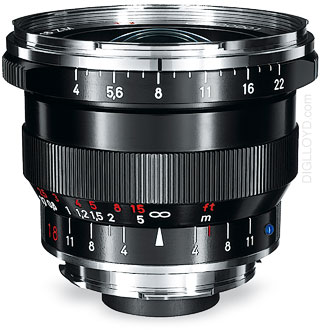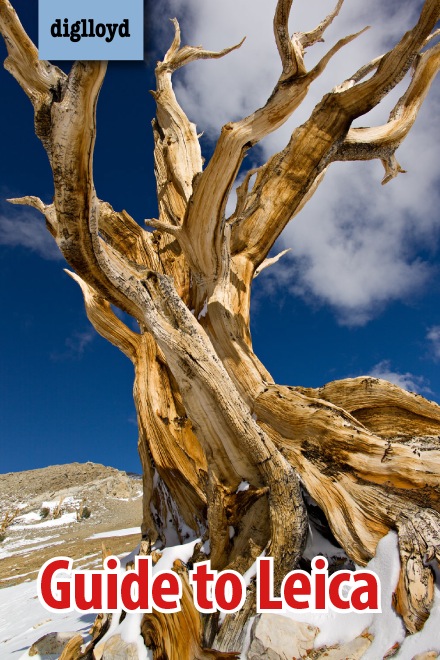
|
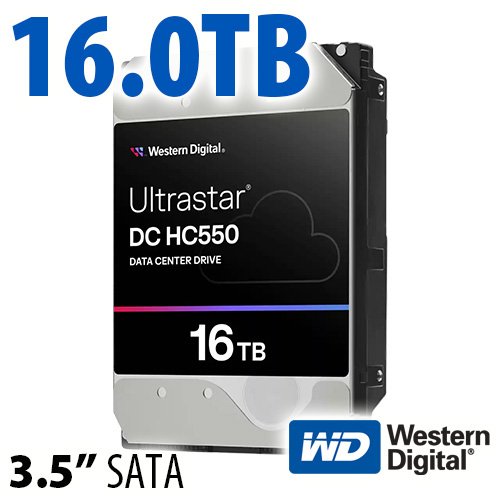
$220 SAVE $130 = 37.0% Western Digital 16.0TB Western Digital Ultrastar DC HC550 3.5-in… in Storage: Hard Drives
|
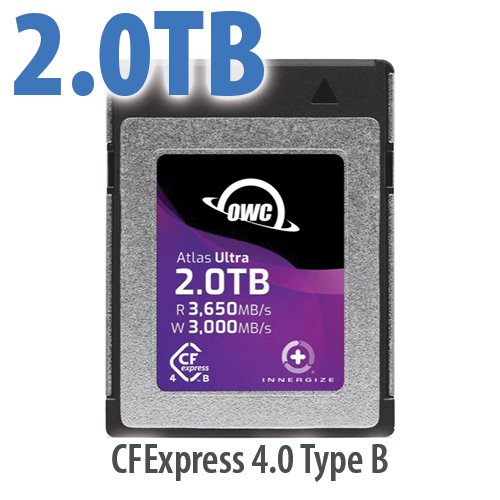
|

|
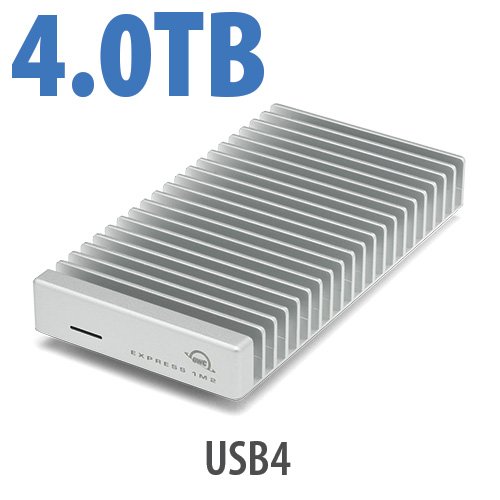
|

|
Zeiss ZM 18mm f/4 Distagon T*
Related: distortion, Leica, Leica M, optics, Zeiss Distagon, Zeiss Lenses, Zeiss ZM, Zeiss ZM 18mm f/4 Distagon
The Zeiss ZM 18mm f/4 Distagon (about $1340) is a relatively inexpensive, but strong performer in my brief field shooting. Like the Leica 18/3.8 Elmar (not tested), its distortion is of the “wave” type.
Composing really mandates use of the optional 18mm ZI viewfinder (about $419), same need as for any other ultra-wide offering. Which unfortunately raises the price by about a third.
Unfortunately, I did not have the viewfinder while I shot the 18/4 Distagon, so it was a real challenge framing the subject.
View near real-time pricing and availability for Zeiss ZM an Leica M lenses on the Leica M gear page.
Focusing
I found it easy to focus the ZM 18/4 accurately using the rangefinder. Rangefinder accuracy doesn't change with focal length, so precision should be excellent with a 18mm, and this is what I observed.
Image quality
Performance is very crisp and contrasty, with richly saturated color and excellent detail across the frame, even wide open. Stopping down to f/5.6 yields oustanding results, but results are already excellent wide open at f/4.
Color
Setting M9 Lens Detection to “16/18/21 ASPH f/4 @ 18mm 11626” yields less vignetting but not an improvement in color, which is skewed at left and right, though not nearly so much as with the 21/4.5 C-Biogon.
Unfortunately, there is no Lens Detection setting for the 18mm f/3.8 Super-Elmar-M listed in the M9, so it cannot be chose. This is because the Leica 18/3.8 Elmas has always been 6-bit coded, hence no support for any other 18mm lens.
Without lens detection, color images will suffer with the 18/4 Distagon, and thus it can only be recommended for black and white work, unless you’re willing to make a layer mask in Photoshop for post-processing.
Aperture ring
As with the other ZM lenses, the 1/3 stop click stops feel fantastic, and they are easy to see. I love this aspect of the ZM line, and it’s practical too: it allows fine-tuning exposure to 1/3 stop, something that can be of use with digital (expose to the right). They are clear and well marked on the outside barrel of the lens, nicely done, and the slight clicks they make offer excellent auditory and tactile feedback.
Composing
The two-step is OK with some practice: focus, then compose with the hot-shoe mounted viewfinder. There is no choice anyway, this is the same with any 18mm lens on the Leica M9.
Ergonomics
The ergonomics are excellent, setting aside the need for a separate viewfinder. I liked using the 18/4 Distagon, but it’s larger than the 21/2.8 Biogon, and I preferred the more compact size of both of the 21mm lenses. Still, the 18/4 Distagon shares the same excellent focusing ring and aperture control, and I think I’d be equally at home with it.
Specifications
Per Zeiss. See the datasheet.
| Focal length: | 18mm |
| Aperture scale: | f/4 - f/22 |
| Focusing range: | 0.5m - infinity |
| Angular field, diag./horiz./vert | 898/87/65 ° |
| Coverage at close range: | 56 cm x 84 cm |
| Image ratio at close range: | 1:23 |
| Number of elements/groups: | 10 elements in 8 groups |
| Filter thread: | M 58 x 0.75 |
| Weight: | 350g |
| Dimensions (with caps): | ø 65 mm, length 71 mm |
Distortion
The distortion of the 18/4 Distagon is the typical wave-type distortion: barrel distortion that reverses to pincushion distortiong near the edges.
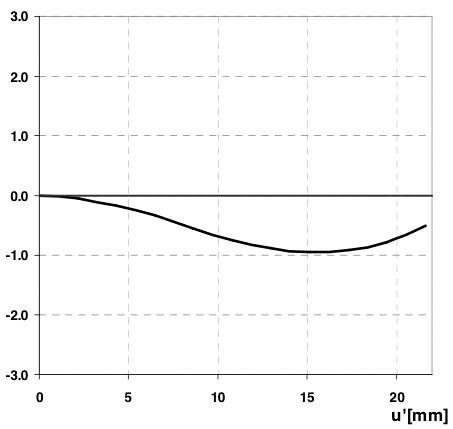
Seagate 22TB IronWolf Pro 7200 rpm SATA III 3.5" Internal NAS HDD (CMR)
SAVE $100
















